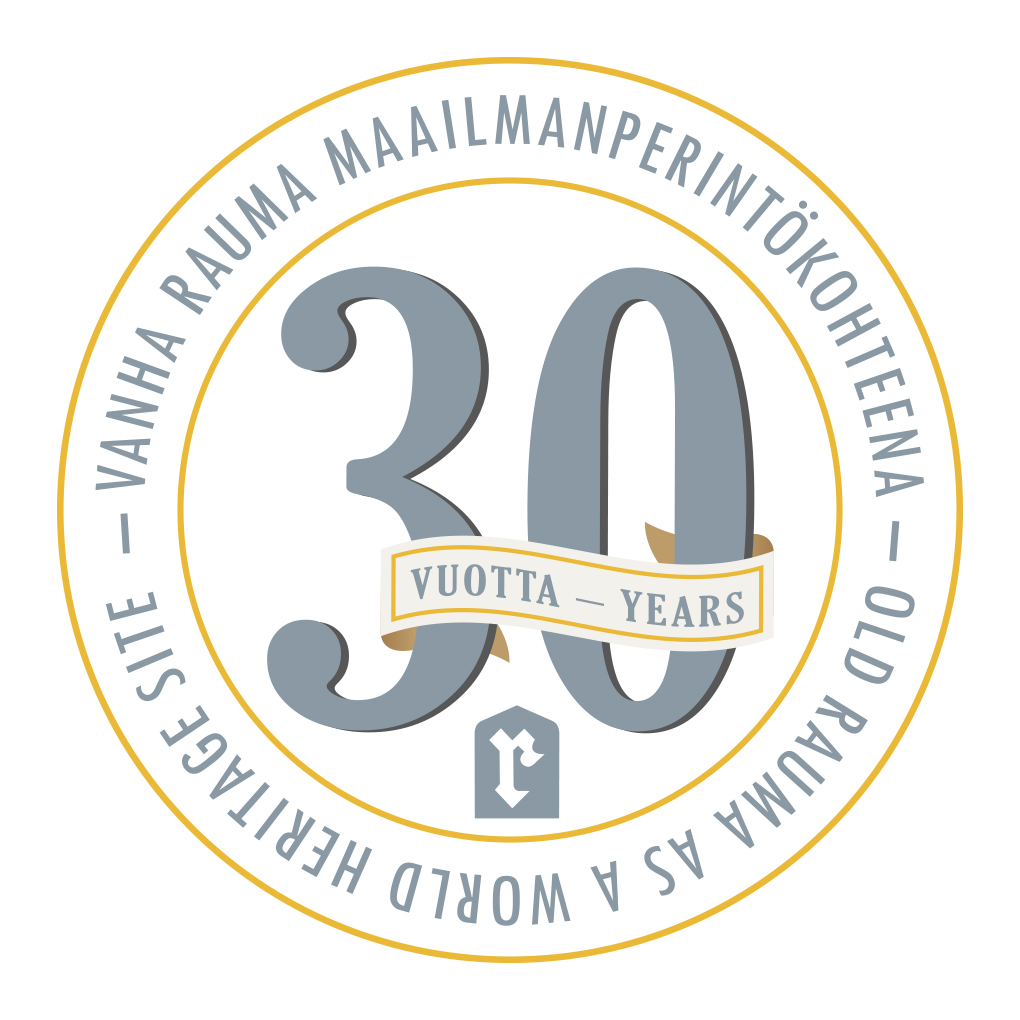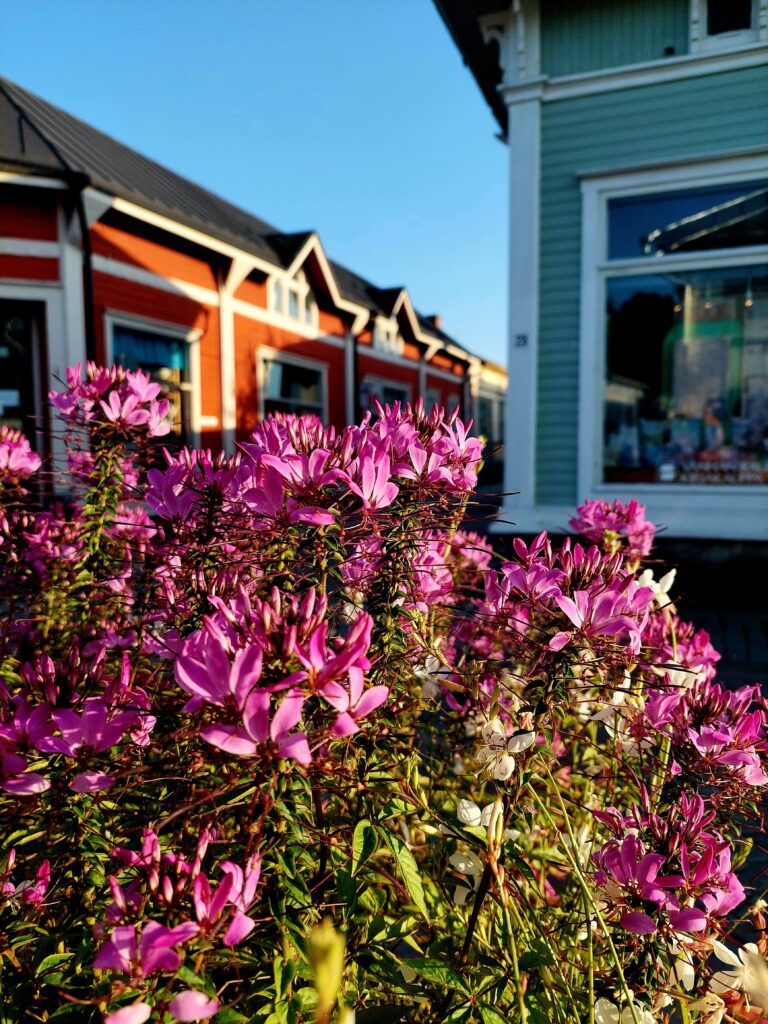
UNESCO World Heritage Site
Old Rauma is the largest coherently preserved wood town area in the Nordic countries. It is still the heart of the city, where people live, work, trade and play in a historic environment all year round. The 29-hectare area of Old Rauma has more than 600 buildings, most of which are owned by private individuals. The population of Old Rauma is around 800.
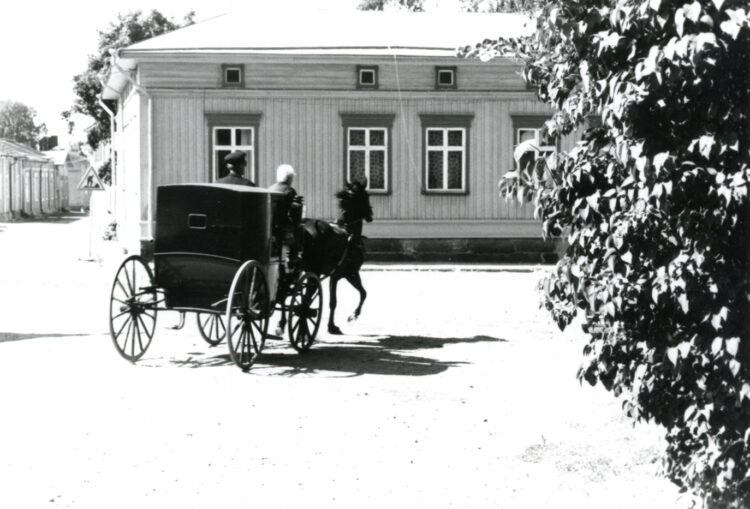
”Kyl Raum o ain Raum”
In 1442, Rauma received its charter, and the town’s center – Old Rauma – was rebuilt after the great fire of 1682 into a compact urban district. The built-up area of Rauma began to expand beyond Old Rauma only in the early 20th century, and Old Rauma still remains the vibrant heart of the city. The narrow streets follow lines dating back to the Middle Ages, flanked by houses, some of which were already constructed in the 18th century. Over the centuries, the building stock has evolved, forming today a layered tapestry of different historical periods.
The houses of Old Rauma have taken their present form gradually, through extensions and alterations. Traditional paired cottages were expanded with chambers, porches, and additional rooms toward the courtyard side. In some facades, vertical cladding typical of the 18th century has been preserved, while others still feature the broad Empire-style boarding of the 1820s and 1830s. Most of the buildings acquired their current Neo-Renaissance appearance in the 1890s, during the heyday of the sailing ship era. At that time, many of the houses along the main streets were adorned with richly decorated Neo-Renaissance facades.
Old Rauma was inscribed on the UNESCO World Heritage List in 1991. It is a unique architectural ensemble whose authenticity is based on its well-preserved historical building stock, the street network partly dating back to the Middle Ages, and a living community where housing, commerce, and work intertwine seamlessly.
The functional center of Rauma is the Market Square and the shopping streets surrounding it. Along them you will find a wide range of shops and boutiques, charming restaurants and cafés, as well as artists’ studios. The area also houses three cultural-historical museums (Marela, Kirsti, and the Old Town Hall) and the Rauma Art Museum. In addition to its wooden-town charm, Old Rauma is home to the late medieval Church of the Holy Cross. Once part of a Franciscan monastery, its choir is adorned with striking medieval wall paintings.
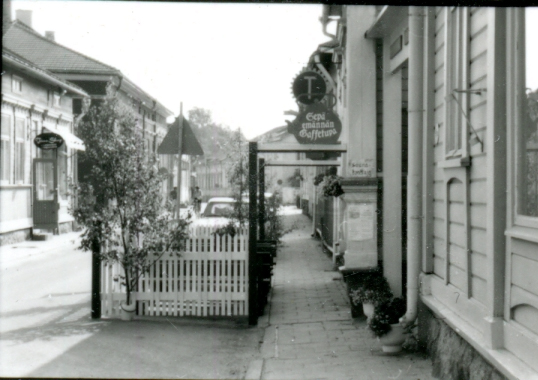
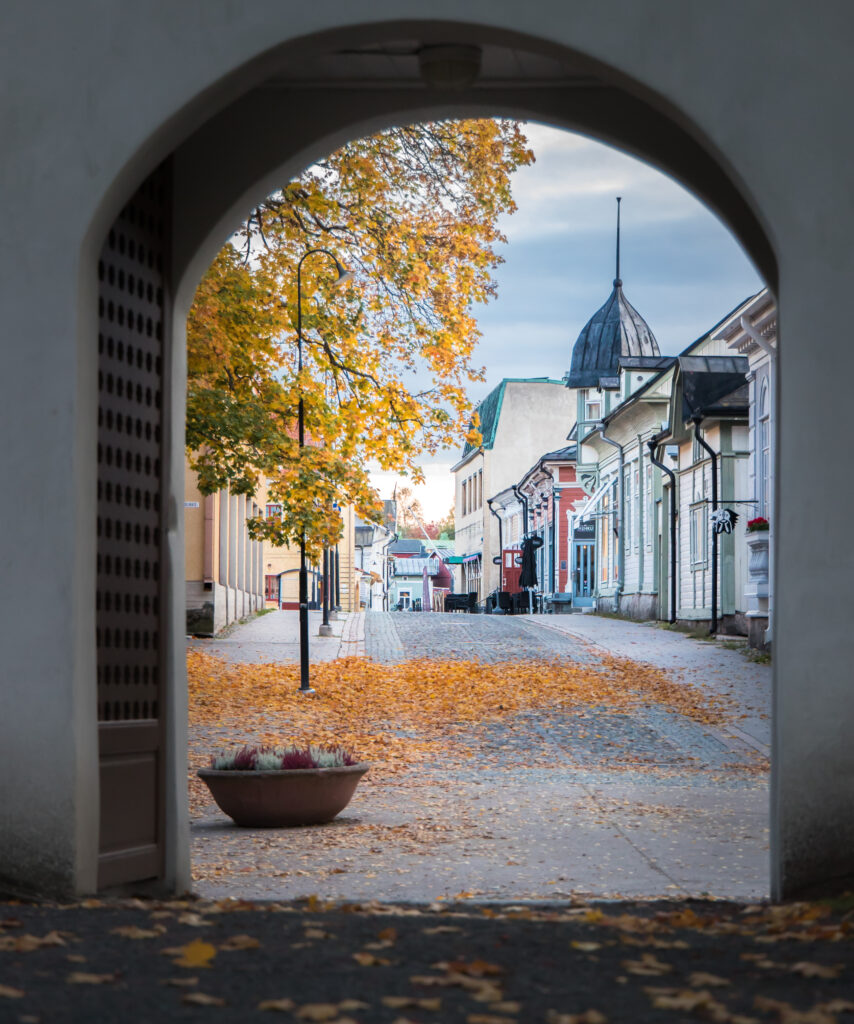
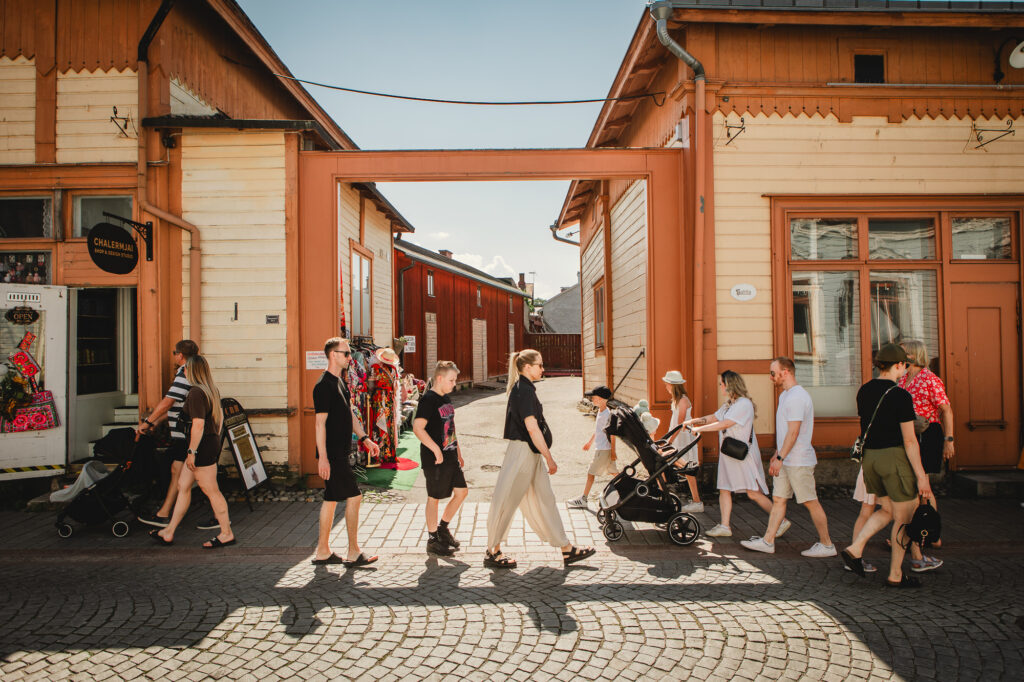
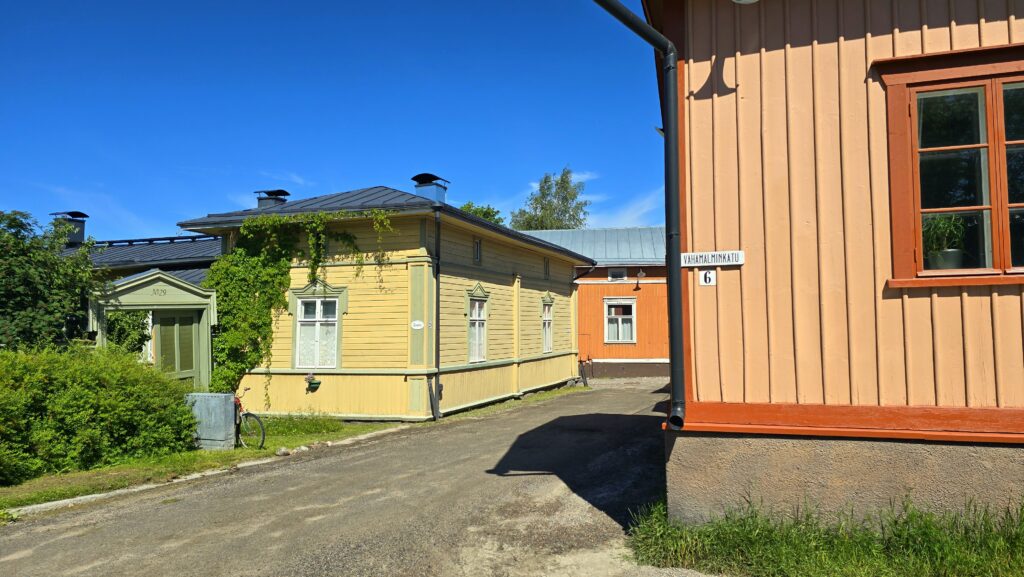
Old Rauma articles
Old Rauma, a UNESCO World Heritage Site, celebrated its 30th anniversary in 2021. Old Rauma was inscribed on the World Heritage List in 1991 as a unique example of a living and well-preserved old Nordic tree city.
